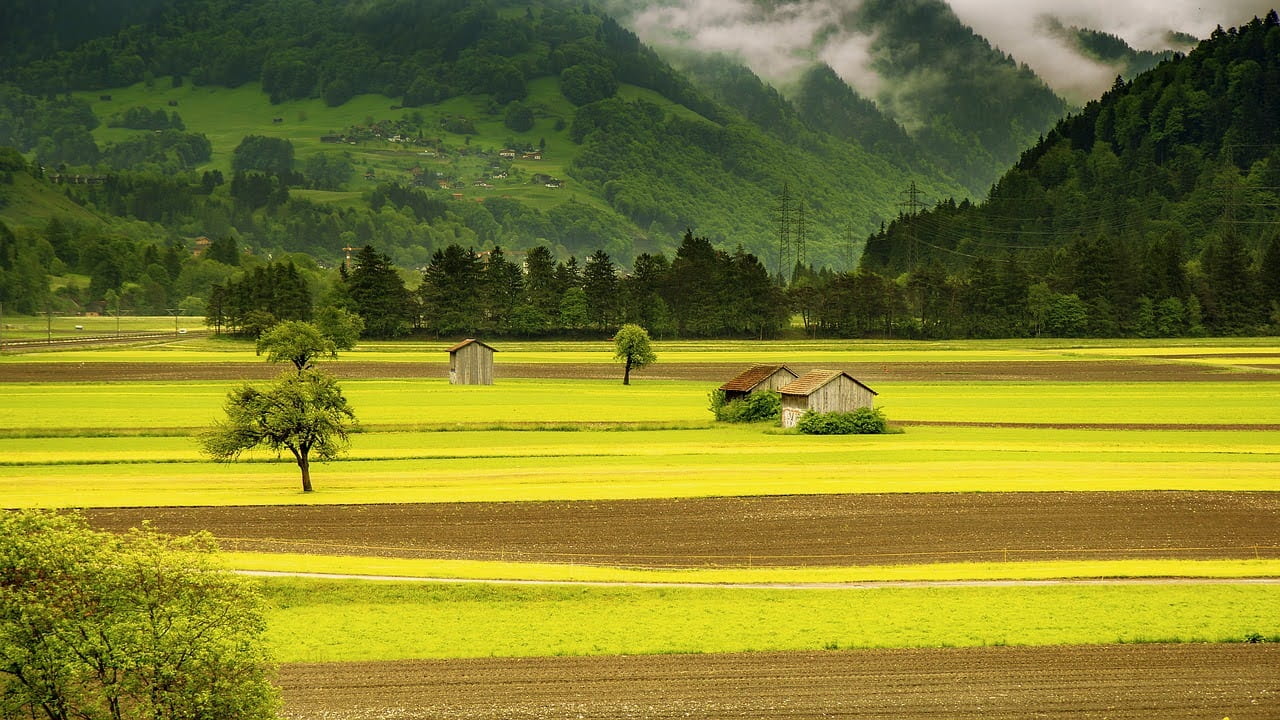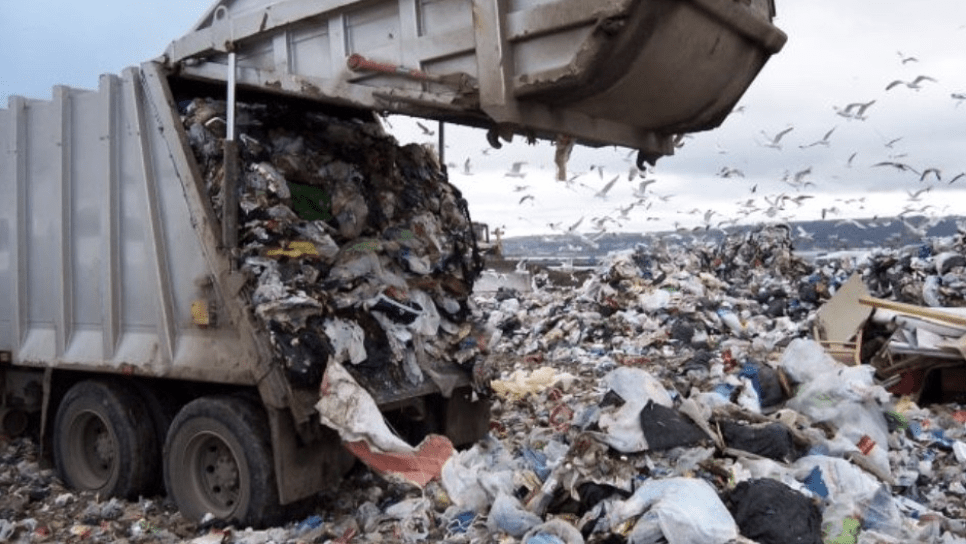Toward Ethical Consumption: The Case Against Industrial Animal Agriculture
The animal agriculture industry has integrated itself in modern day society. We have this industry to thank for the affordable and readily available animal based products in our grocery stores. It also plays a big role in the US economy. This being said, some take issue with the impacts this industry has on public health, the environment, and its animals. It has inspired many to engage and question the ethical and moral entanglements people have with the industry and their own experiences consuming animal based products.
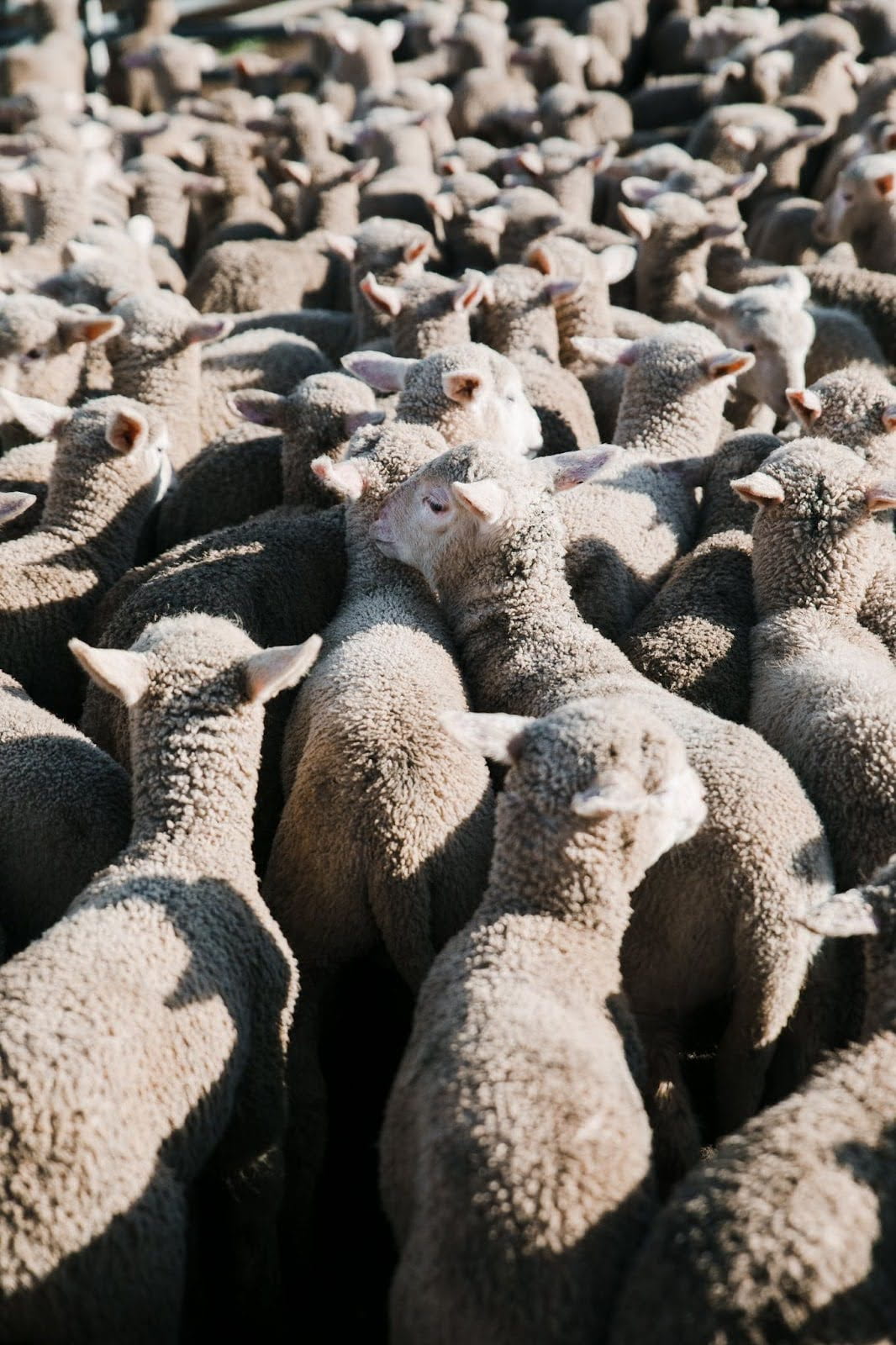
Many animals in the animal agriculture industry are confined so tightly that they can’t move freely, sometimes not even enough to turn around. This is concerning considering some of the evidence of the mistreatment of these animals. There are many justifications that attempt to support the animal agriculture industry as it stands today. According to an article titled “Moving Towards Sustainability: The Livestock Sector and the World Bank,” animal agriculture alone supports the livelihoods and nutrition security of almost 1.3 billion people. Changing this system in any way would thus directly impact the lives of many people. The current system meets global nutritional demands; certainly abandoning this system would be detrimental to the way so many of us live our lives. But who’s to say this is for the worst? Maybe a change like this could make things go for the better globally.
According to an article by Shanna Mccormack, animal agriculture negatively impacts the environment and people. She details that “animal agriculture produces the same amount of greenhouse gas emissions as all the world’s modes of transportation combined.” This is an immediate concern because global warming is a huge threat to both the planet and its inhabitants. While yes, many people’s lives would be impacted by changes to the animal agriculture industry, it is reasonable to also argue that these changes could be for the better. What better way to source meat if not the ethical way?
The fact that the food we eat and how we source it are directly contributing to climate change is a complicated and scary reality. Climate change exacerbates health risks such as heat-related illnesses, respiratory problems from air pollution, and the spread of infectious diseases. Additionally, the intensive production methods used in animal agriculture can contribute to antibiotic resistance and the spread of zoonotic diseases, which can affect human health. Animal agriculture is resource-intensive and contributes to food insecurity by diverting resources such as land, water, and crops that could otherwise be used to feed humans directly. Shifting towards more sustainable food production systems can help improve global food security.
But that’s not all; animal agriculture also greatly contributes to deforestation. Mccormack states the following in her report: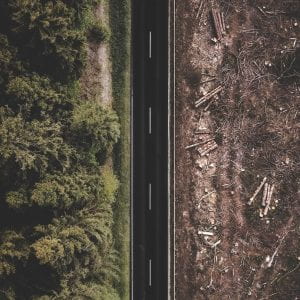
Animal agriculture is the leading cause of deforestation and is responsible for up to 91% of deforestation in the Amazon. Beef, soy, palm oil, and wood production drive the majority of tropical deforestation. In all, deforestation accounts for three billion tons of CO2 released into the atmosphere each year.
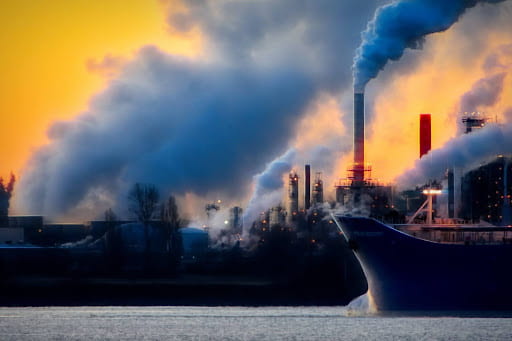 The model in place for our fishing industry is also flawed. The film Seaspiracy highlights the different ethical, fiscal, and environmental ramifications of our current model for fishing and condemns something known as trawling. Trawling is a method of fishing that is extremely environmentally destructive and involves a weighted fishing net that is dragged across the sea floor, trapping everything in its path.
The model in place for our fishing industry is also flawed. The film Seaspiracy highlights the different ethical, fiscal, and environmental ramifications of our current model for fishing and condemns something known as trawling. Trawling is a method of fishing that is extremely environmentally destructive and involves a weighted fishing net that is dragged across the sea floor, trapping everything in its path.
This information can be all too familiar and perhaps even anxiety inducing, but contrary to popular belief, there are different things you can do about it. On the individual level, eating less meat, particularly red meat, and dairy can significantly reduce the environmental footprint associated with animal agriculture. Incorporating more plant-based foods into your diet can also have health benefits. You have the right to clean and healthy food that’s been ethically sourced. You can choose products from farms that prioritize sustainability, animal welfare, and environmental stewardship. Look for certifications such as organic, certified humane, or regenerative agriculture, and shop local.
 Sometimes financial barriers can stand in the way of sourcing food this way, but there are different resources you can take advantage of in the state of California. CalFresh is a program in the United States that provides low-income individuals and families with financial assistance to purchase food. It is part of the Supplemental Nutrition Assistance Program (SNAP), which is administered by the U.S. Department of Agriculture (USDA). CalFresh is specifically the name for SNAP benefits in California. Participants in the CalFresh program receive an Electronic Benefit Transfer (EBT) card, which works like a debit card and can be used to purchase eligible food items at authorized retailers, including grocery stores and farmers’ markets. The program aims to help individuals and families access nutritious food, reduce hunger, and improve overall health and well-being. Eligibility for CalFresh benefits is based on income, household size, and other factors determined by the State of California.
Sometimes financial barriers can stand in the way of sourcing food this way, but there are different resources you can take advantage of in the state of California. CalFresh is a program in the United States that provides low-income individuals and families with financial assistance to purchase food. It is part of the Supplemental Nutrition Assistance Program (SNAP), which is administered by the U.S. Department of Agriculture (USDA). CalFresh is specifically the name for SNAP benefits in California. Participants in the CalFresh program receive an Electronic Benefit Transfer (EBT) card, which works like a debit card and can be used to purchase eligible food items at authorized retailers, including grocery stores and farmers’ markets. The program aims to help individuals and families access nutritious food, reduce hunger, and improve overall health and well-being. Eligibility for CalFresh benefits is based on income, household size, and other factors determined by the State of California.
You can also support policies that promote sustainable agriculture, reduce greenhouse gas emissions from livestock production, and incentivize plant-based alternatives. This could include subsidies for sustainable farming practices, carbon pricing, or regulations to reduce deforestation and water pollution. You can also educate others about the environmental and ethical implications of animal agriculture and the benefits of transitioning to more sustainable food choices. Encourage friends, family, and community members to consider the impact of their food choices on the planet and future generations in a respectful way.
